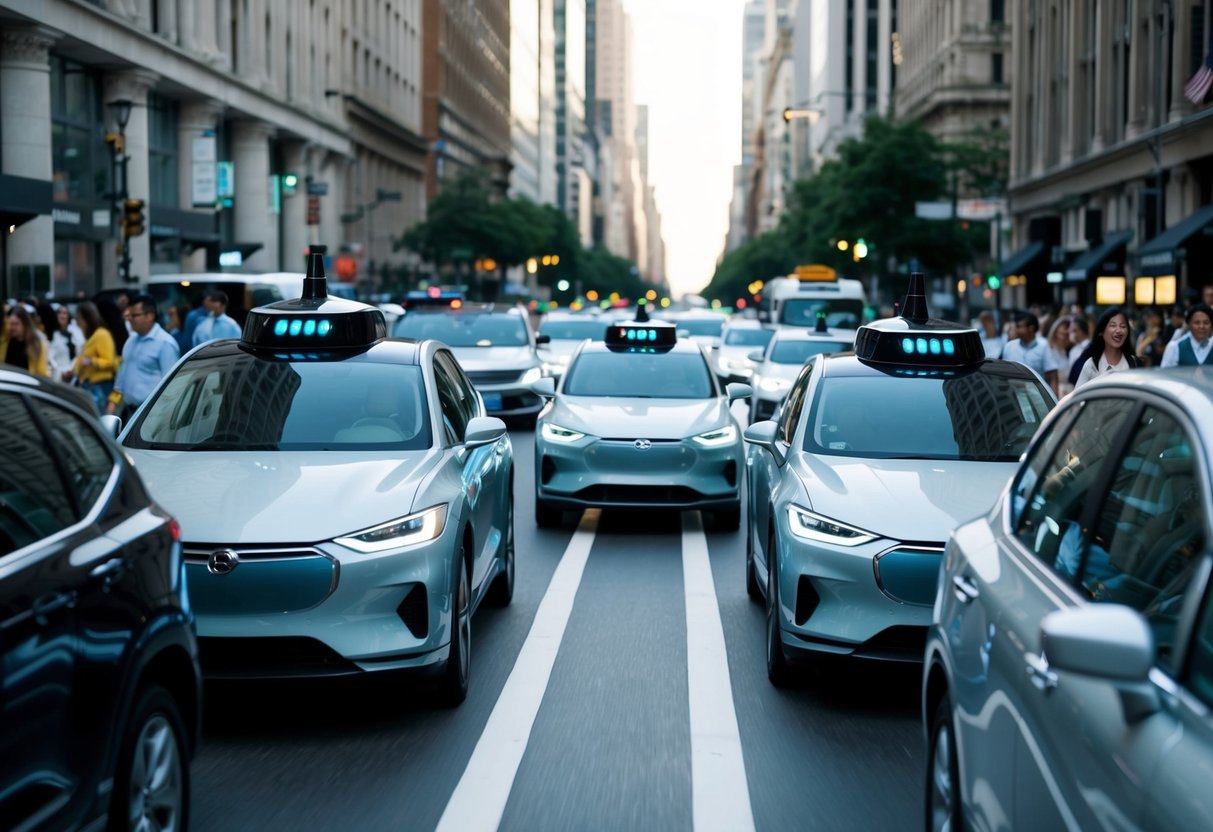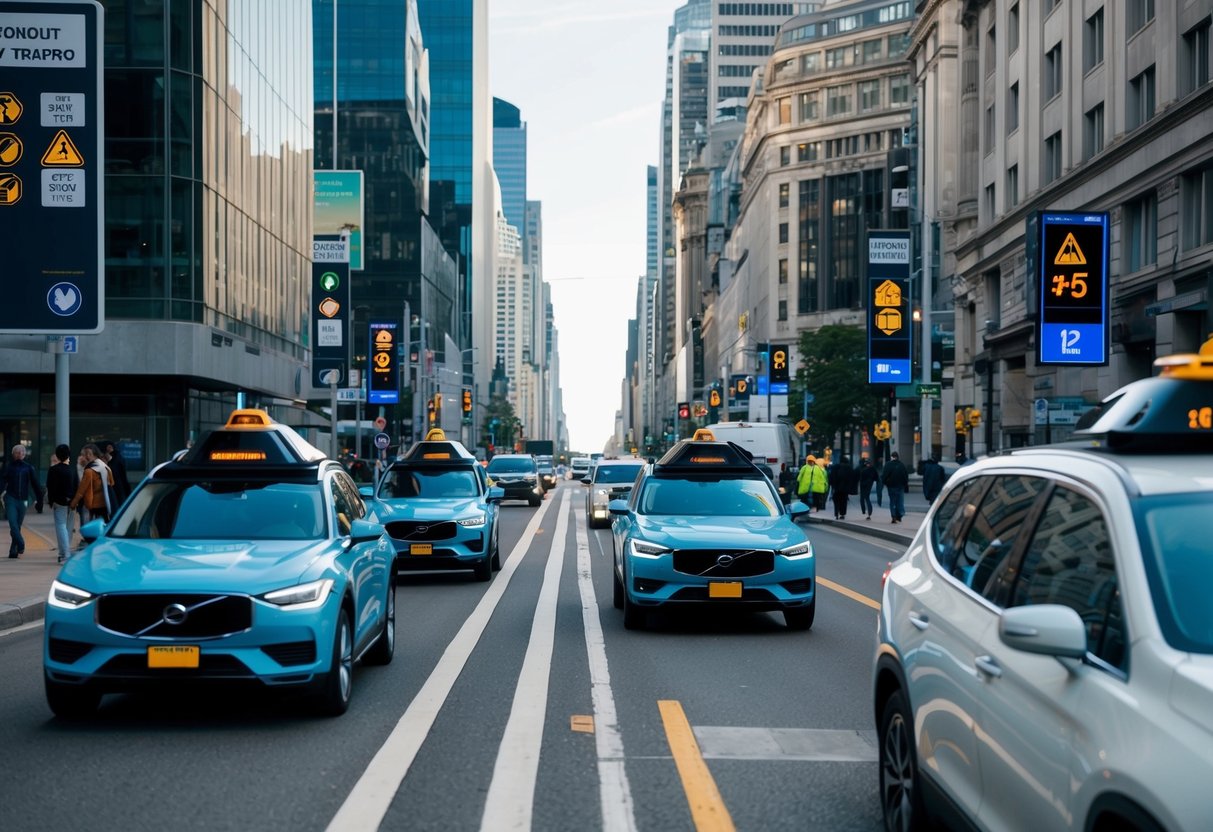Understanding the Rise of Autonomous Vehicles in Modern Society
Leading Players in Autonomous Driving

Autonomous driving technology has gained momentum, with numerous companies pushing the envelope in developing self-driving vehicles. Major corporations like Tesla and Waymo lead the way, while startups and collaborations also contribute significantly to advancements in this field.
Innovations by Tesla and Waymo
Tesla stands out for its advanced Autopilot and Full Self-Driving (FSD) systems. The company continuously enhances these technologies, introducing features such as Navigate on Autopilot and Smart Summon. Tesla’s approach involves utilizing vast amounts of data from its global fleet to improve algorithms, aiding in the development of a fully autonomous vehicle solution.
On the other hand, Waymo focuses on comprehensive testing and partnerships. Known for the Waymo One service, Waymo tests its technology in real-world environments, collaborating with companies like Jaguar and Chrysler. Their emphasis on safety and robust mapping ensures that their autonomous driving solutions prioritize security and reliability.
Emerging Startups and Collaborations
Several startups emerge as key players, introducing innovative solutions and forming strategic partnerships. Cruise, backed by General Motors, develops self-driving vehicles targeting urban environments. Their focus is on improving ride-sharing services while maintaining a sustainable approach to autonomous driving technology.
Collaborations between traditional automotive manufacturers and tech companies also drive innovation in this sector. Partnerships such as Ford and Argo AI highlight efforts to merge automotive expertise with technological advancements. These collaborations often involve joint ventures or technology-sharing agreements, promoting progress and competition within the autonomous driving landscape.
Regulations and Safety Considerations

As autonomous vehicles become more integrated into daily life, addressing regulatory challenges and safety concerns is crucial. Regulation frameworks and their impact on traffic and road conditions shape the future of driverless technology.
Regulatory Landscape for Autonomous Cars
Regulatory bodies across various countries are actively developing frameworks to ensure safe integration of autonomous vehicles. In the United States, departments such as the National Highway Traffic Safety Administration (NHTSA) guide these efforts. They focus on creating standards that address vehicle design, data requirements, and software protocols.
The European Union has established amendment proposals in its General Safety Regulation to facilitate the safe operation of autonomous systems. These include stipulations for traffic compliance, liability in case of a malfunction, and technological harmonization across member states.
Impact on Traffic and Road Safety
Driverless technology impacts traffic flow and road safety in multiple ways. Improved reaction times of autonomous vehicles reduce collision risks significantly. Algorithms that manage vehicle distance and speed optimize traffic circulation, potentially reducing congestion.
However, safety concerns remain, particularly regarding interactions between autonomous and human-driven vehicles. Ensuring clear communication protocols between all road users will enhance safety. Advanced sensors and real-time data processing capabilities are vital in managing unforeseen situations, further mitigating accidents. The rise of driverless vehicles may also prompt re-evaluation of current road infrastructure to better accommodate evolving technologies.



